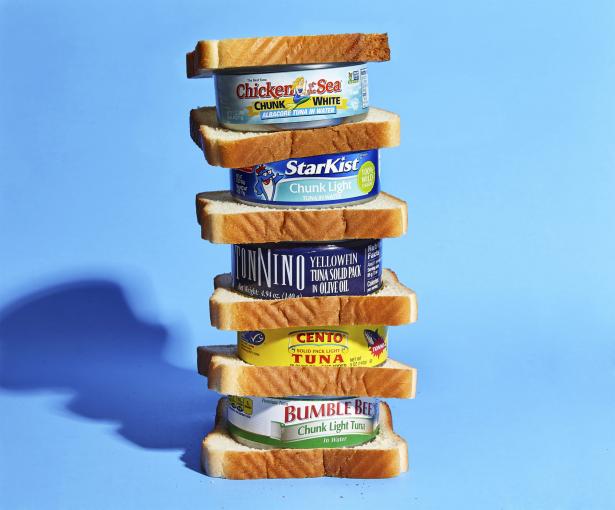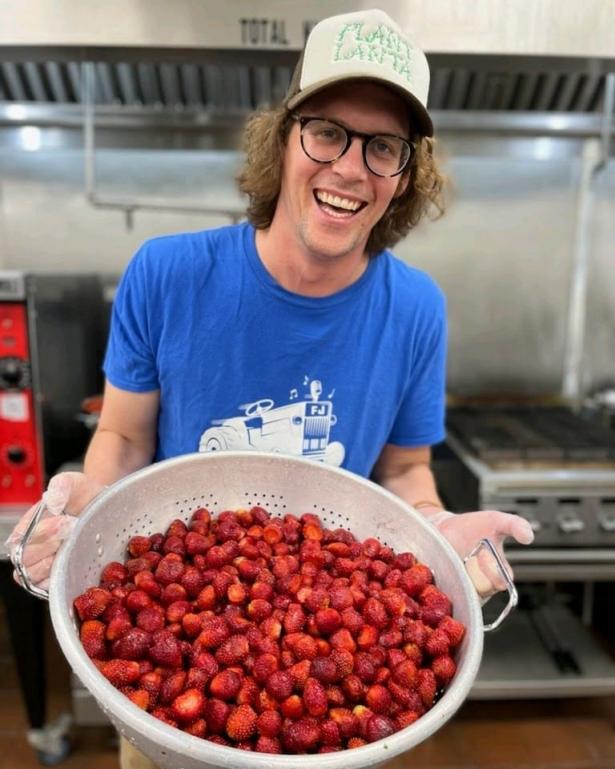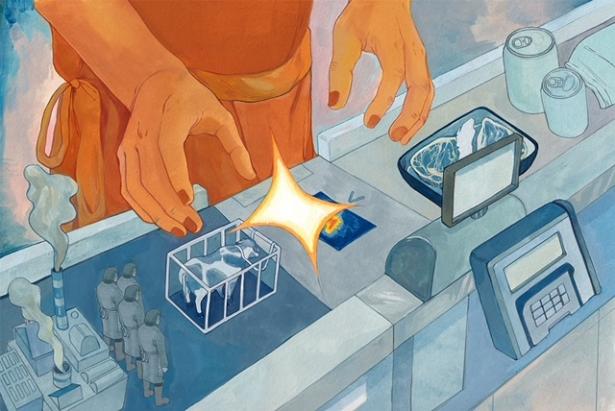FDA Proposes Updated Definition of ‘Healthy’ Claim on Food Packages To Help Improve Diet, Reduce Chronic Disease
FDA News
The updated definition may help foster a healthier food supply if manufacturers add more vegetables or whole grains to meet criteria or develop products that meet the updated definition; it may help consumers identify healthier food choices.









Spread the word